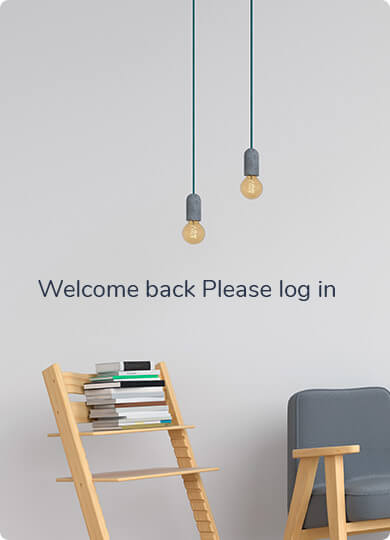Should You Buy or Rent a House in India? My Personal Experience

One thing I noticed is that many people who advocate for renting over buying already own large homes or bungalows themselves. Their perspective might not align with the realities of someone who doesn’t have the same level of financial security.
This taught me an important lesson: Don’t blindly follow others’ advice. Instead, make decisions based on your circumstances, goals, and priorities..
When it comes to personal finance debates, few questions are as polarizing as: Should you buy or rent a house?
As someone who’s navigated this dilemma, I’ve realized the answer isn’t always clear-cut. It’s not just about numbers on a spreadsheet—it’s about your lifestyle, goals, and what truly matters to you.
In this post, I’ll share my journey of weighing the pros and cons of buying vs renting a home in Mumbai.
Why This Debate Is So Relevant In India
India’s housing market is unique. The price-to-income ratio here is much higher compared to developed countries. Globally, this ratio hovers around 3–4, but in India, it’s typically 10 or more.
For example, in Mumbai, a decent flat might cost ₹1 crore, while the average annual income is ₹10 lakh—making the ratio 10. That’s a huge gap.
When I looked at these numbers, renting seemed like the logical choice, especially in a city like Mumbai where real estate prices are steep. But there were other factors at play, ones that went beyond just finances.
My Experience With Renting
Renting has its perks, but it’s not without challenges. Here’s what I’ve encountered:
- Landlord Restrictions: I’ve faced landlords who imposed frustrating rules, from no pets to no guests allowed and so on.
- Lack of Stability: There’s always the looming risk of a landlord deciding to sell or hike the rent, leaving you scrambling to find a new place.
- No Personalization: I’ve always wanted to redesign my living space, but renting doesn’t offer that freedom.
- Rent Increases Over Time: When I started renting, my monthly rent was ₹30,000. After five years, it had climbed to ₹42,000—an average annual increase of 7%. Comparatively, if I had taken a home loan, my EMI would have stayed fixed at ₹50,000 over the same period.
Why Buying a Home Felt Right For Me
Eventually, I decided to invest in a home, and here’s why:
- Emotional Security: Owning a house gave me a sense of stability that renting couldn’t match. It feels incredible to know that no one can ask you to leave your own space.
- Freedom to Customize: From painting walls to renovating the kitchen, I finally had the creative freedom to make the space my own.
- Long-term Investment: While property prices in cities like Mumbai are high, I see my home as a long-term asset that could appreciate in value.
- Fixed EMI vs Rising Rents: With my home loan, the EMI is fixed, which provides financial predictability. Unlike rent, which often increases by 5–10% annually, my housing expense stays constant, making long-term planning easier.
A Word Of Caution
One thing I noticed is that many people who advocate for renting over buying already own large homes or bungalows themselves. Their perspective might not align with the realities of someone who doesn’t have the same level of financial security.
This taught me an important lesson: Don’t blindly follow others’ advice. Instead, make decisions based on your circumstances, goals, and priorities.
When Renting Makes Sense
That said, renting does have its advantages. Here’s when I’d recommend it:
- If you’re living in prime locations where buying property is unaffordable (think South Mumbai or Bandra).
- If your job or lifestyle requires frequent relocation.
- If you’re saving for a larger down payment or building financial stability.
How I Made The Decision: Metrics That Helped Me
To decide between renting and buying, I used a couple of key calculations:
- Rent-to-Price Ratio: I divided the annual rent of similar homes by the property price. For me, if this ratio was under 3%, buying made more sense.
- EMI Affordability: I ensured my monthly home loan EMI was under 40% of my income.
Cultural Pressure vs Financial Reality
In India, owning a home is deeply tied to our cultural values. It’s seen as a milestone of success and security. I won’t deny the pressure I felt to buy a home sooner rather than later.
But here’s the thing: buying a house isn’t for everyone. If I had blindly followed societal expectations without evaluating my finances, I might have made a poor decision.
My Final Take On Buying vs Renting In India
For me, buying a house in Mumbai was the right decision, but that doesn’t mean it’s the best choice for everyone. It’s about understanding your unique needs, financial situation, and future goals.
If you’re unsure, start by analyzing your priorities:
- Are you looking for stability or flexibility?
- Can you handle the financial commitment of a home loan?
- Does owning a home align with your long-term plans?
And remember, there’s no one-size-fits-all answer. Whether you choose to buy or rent, make a decision that feels right for you.



